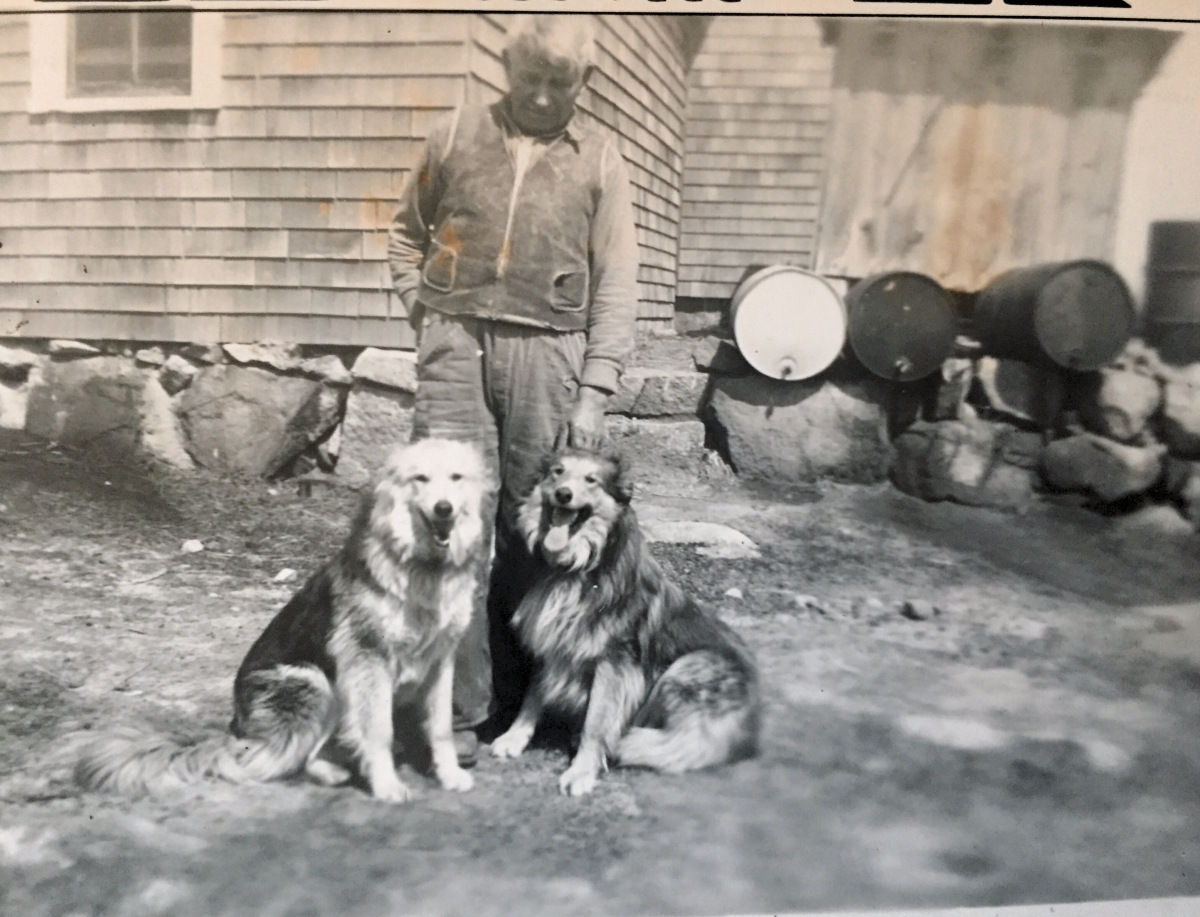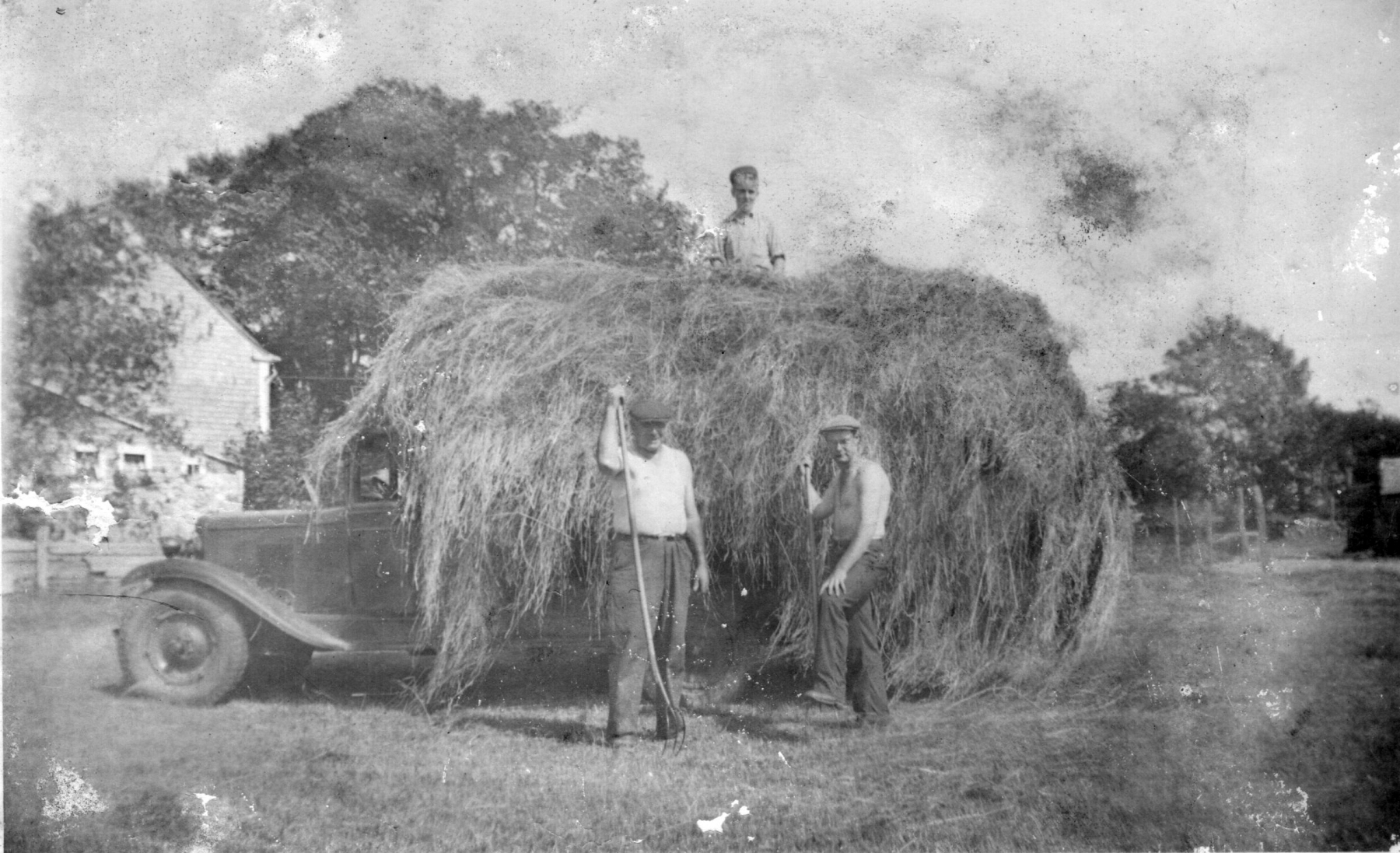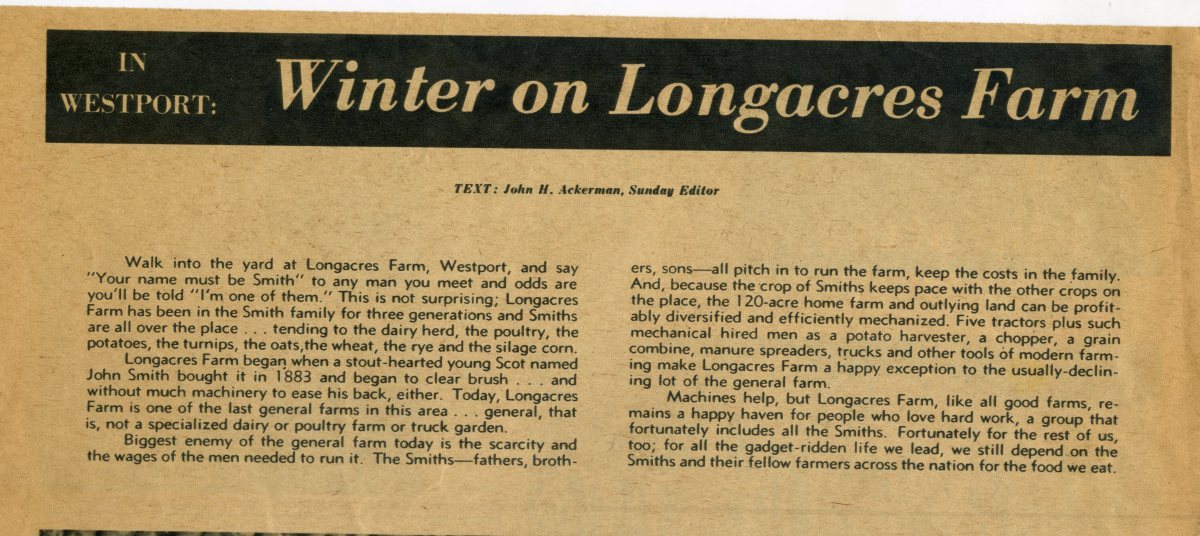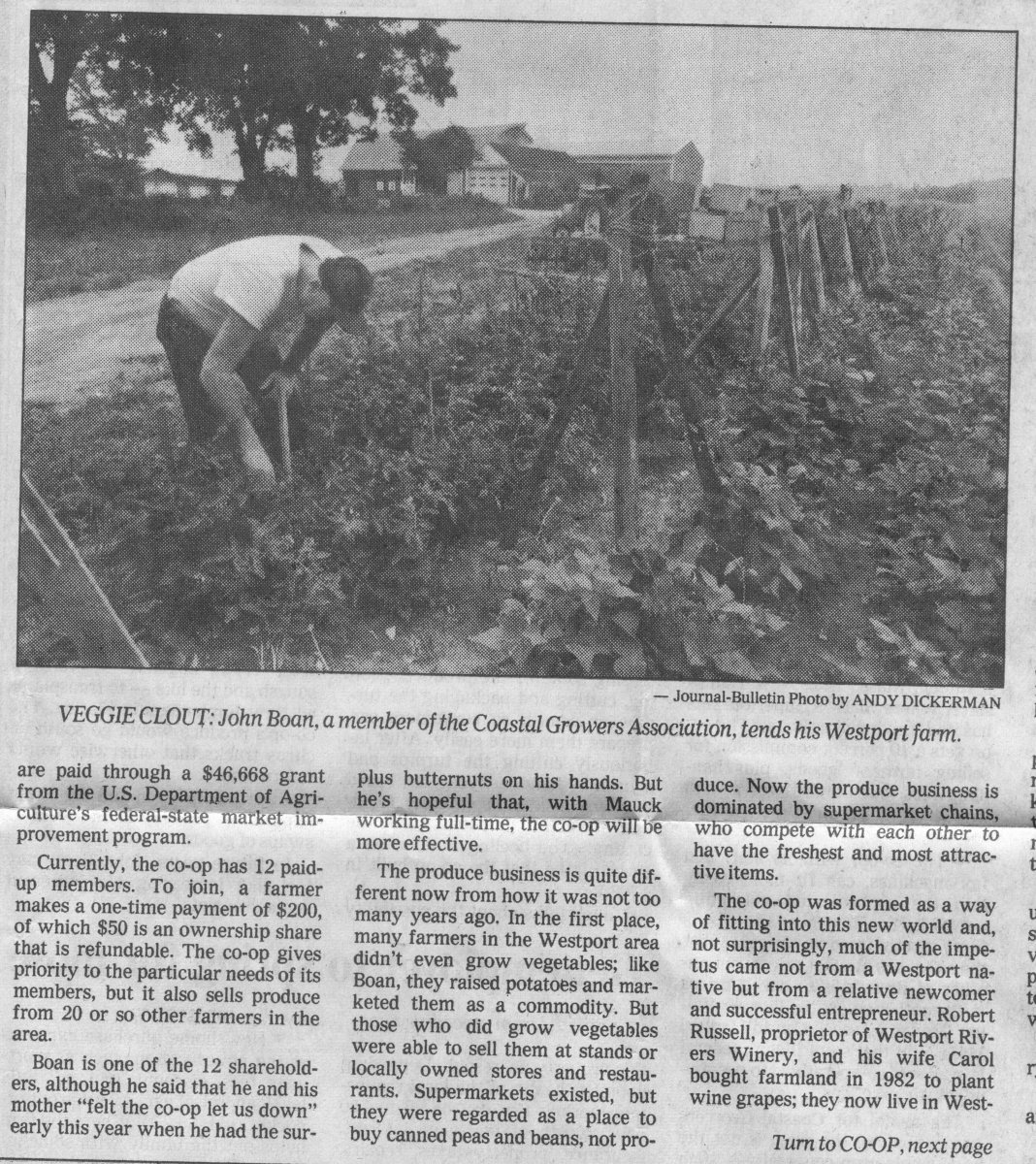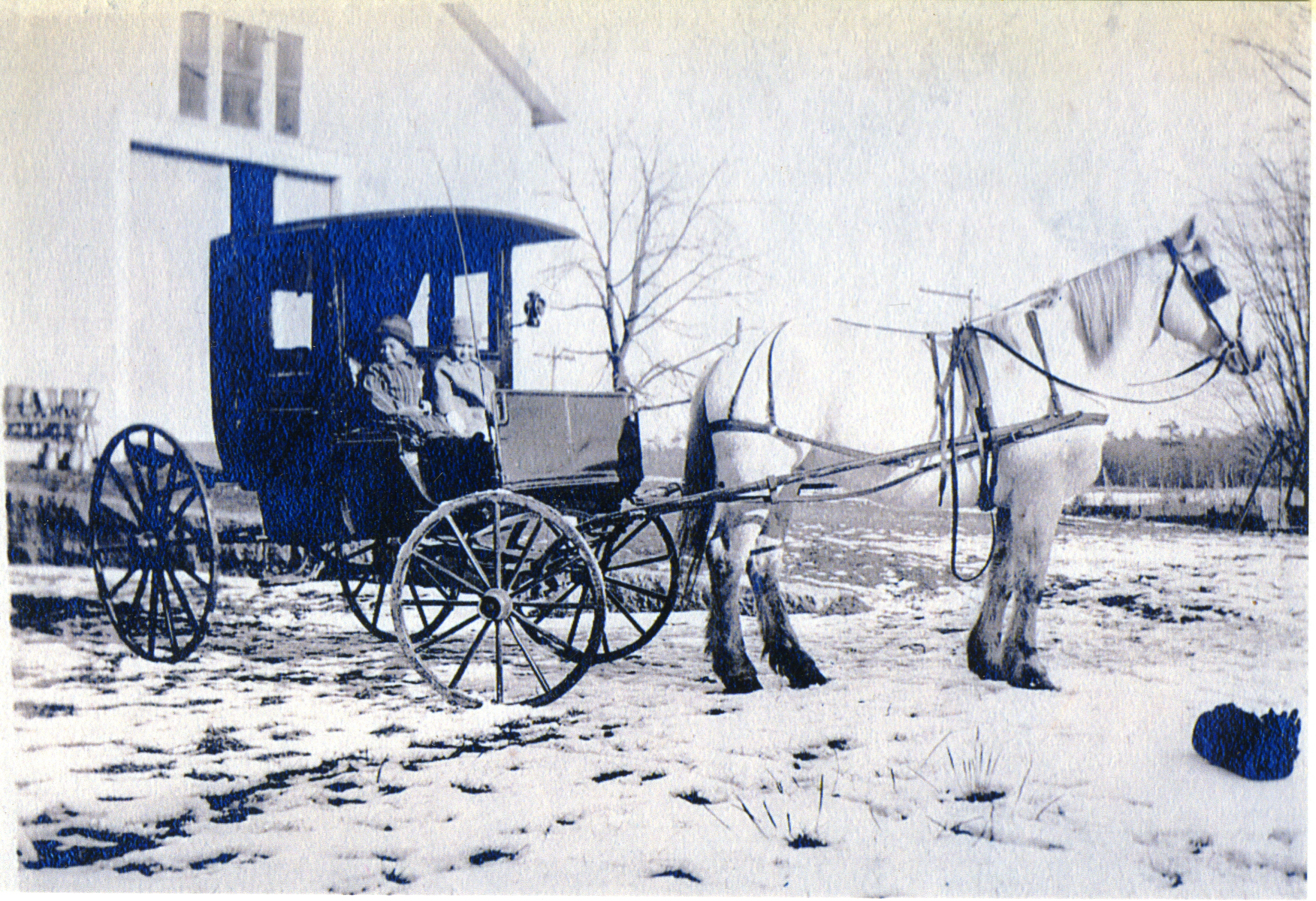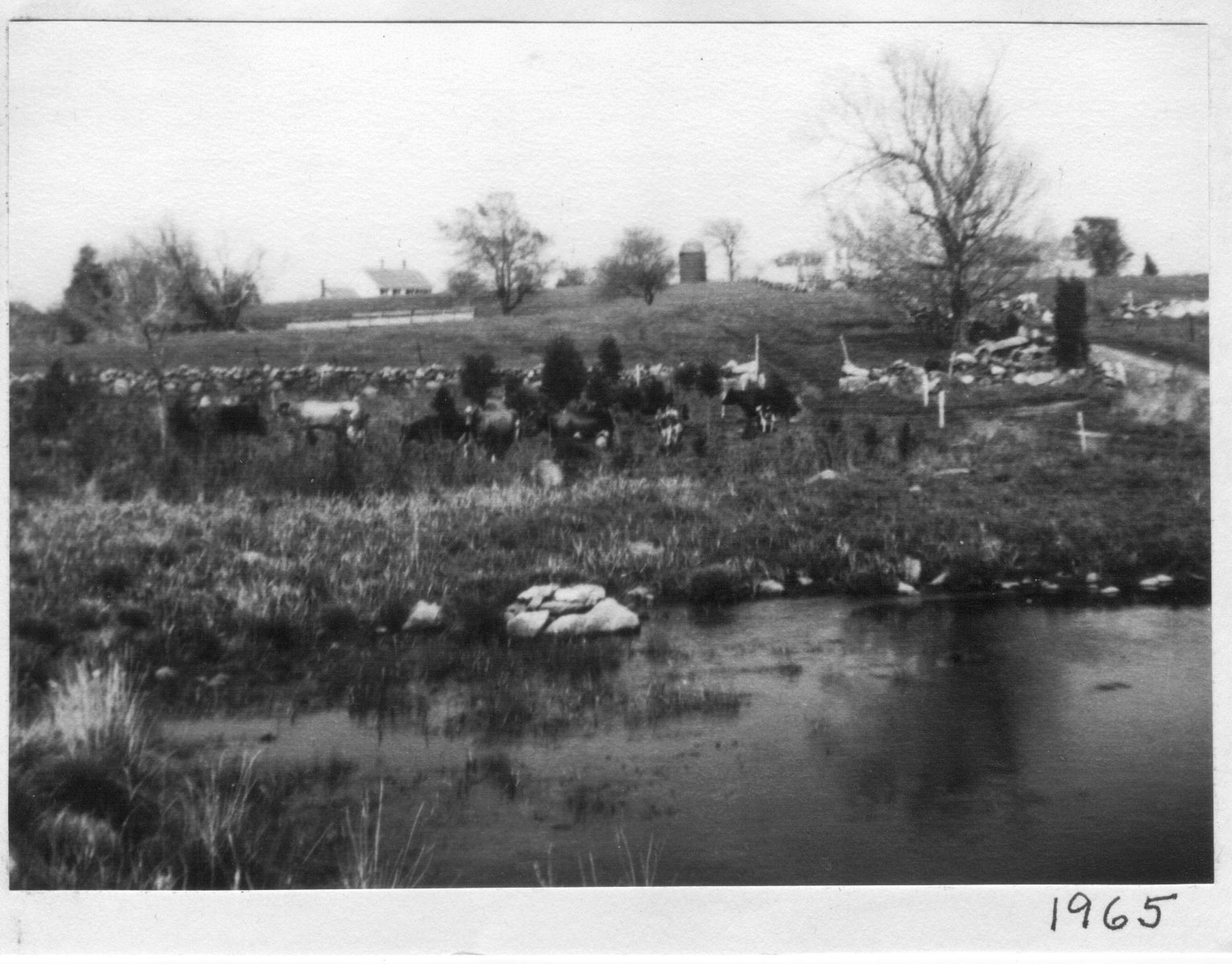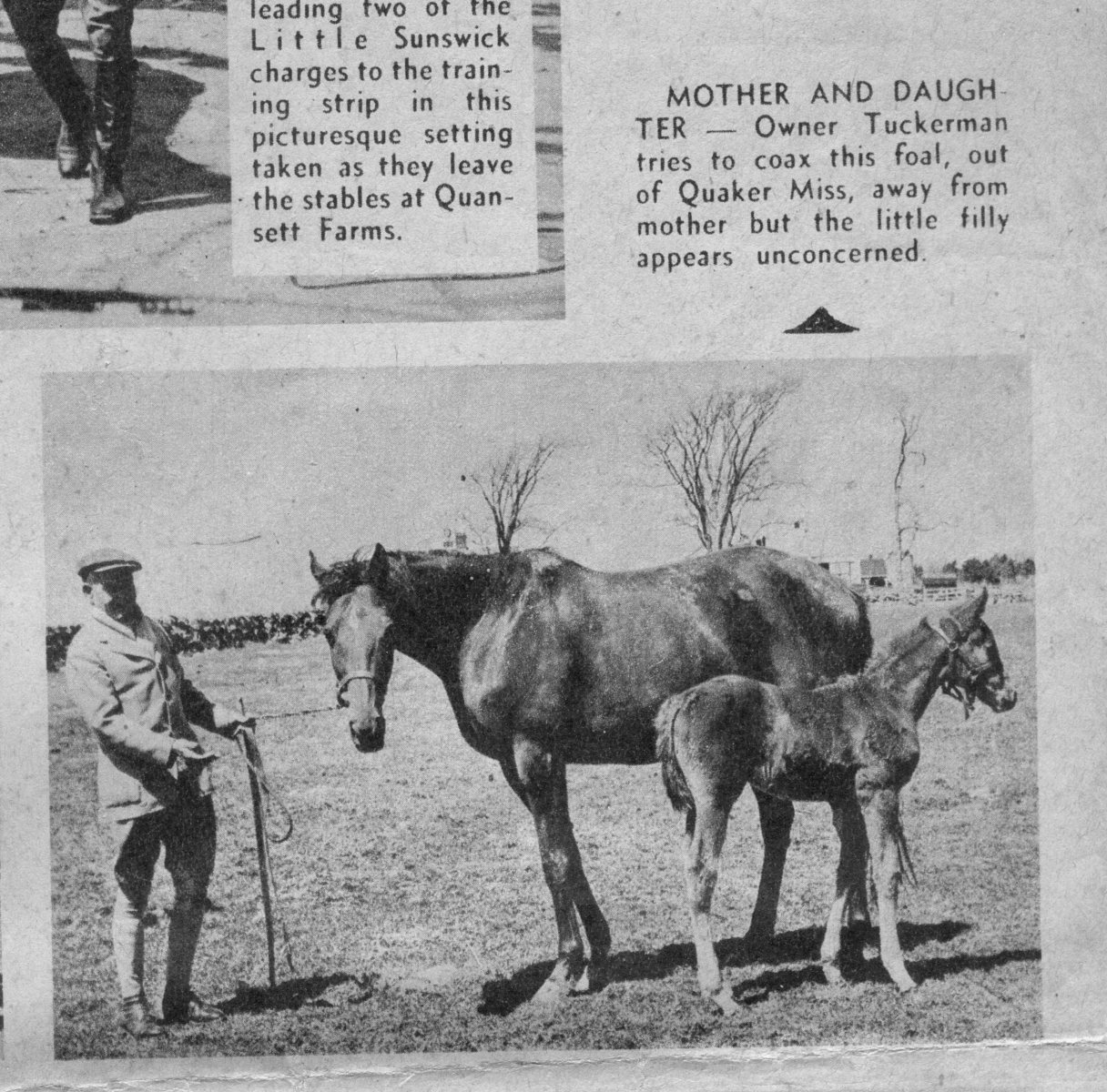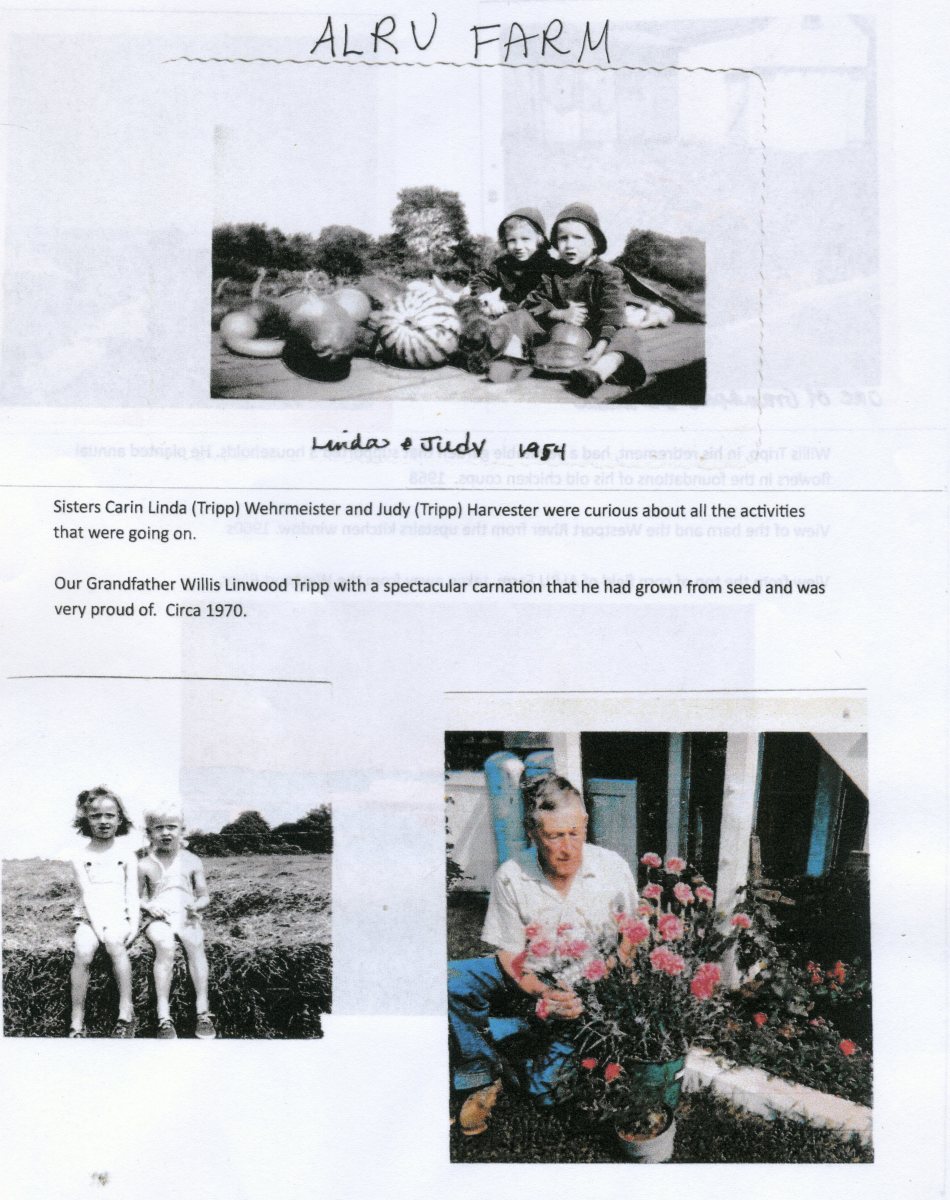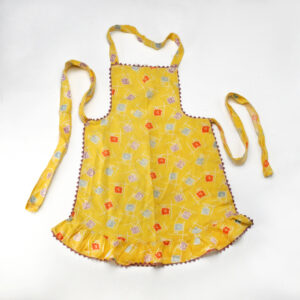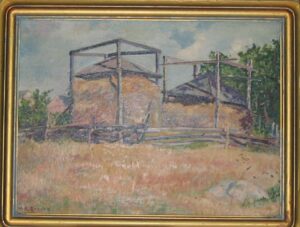Lives on the Land: Westport’s Farming Families
Lives on the Land: Westport’s Farming Families
Exhibition open 10 AM – 1 PM Weds/Sats
June 25 – Sep 20, 2025
at the Handy House, 202 Hix Bridge Road, Westport MA
The stories of Westport’s farming families chronicle at a micro-level the broader 20th-century agricultural shift in this region — the demise of small-scale family farms and the beginning of industrial, global-scale “bigger is better” agriculture.
The 20th century was an era of change for Westport’s farming community, a century that began with 400 farms and ended with fewer than 30 farms. This is not just a story of potatoes, cows, turnips and chickens, but also a topic that connects people of diverse origins — Portuguese, French Canadian, Polish, Scots, and early English settlers — as well as highlighting an extraordinary example of a farm owned and operated by a Native American family throughout the 19th and early 20th century.
At the beginning of the 20th century, this community of farmers and fishermen was chiefly focused on feeding their family. Eventually farmers were forced to break through the limits of local production: they specialized, commercialized, and oriented a growing portion of their production toward the market. This commercialization of farming turned farms into businesses and farmers into business owners, who grew increasingly concerned with making a profit.
Local farmers interviewed in 1976 expressed increasing worries about the financial viability of their occupation. “Our overhead is just too much,” stated Bob Smith in 1976, a view echoed by farmers such as Alton Boan, Daniel Meader, Charlie Costa, Roger Acheson, and George Medeiros. The decline of Westport’s small farms was attributed to a combination of political factors, evolving consumer preferences, dietary trends (specifically the Atkins Diet), the popularity of bottled water, concerns about cholesterol, the Watergate-era milk money scandal, specialization in agriculture, rising costs of fuel, equipment, and labor, the interstate highways, Route 88, national economic shifts, recession, competition from large Midwest farms, and taxes.
By 1986, dairy farm buy-outs led to the sale of many local farms. “Geographically we had the largest concentration of dairymen go out in the country. We lost some of our best men” (James Shaw, dairy livestock specialist).
As many of the generational farms disappeared, new forms of farming arrived such as the Westport Rivers Vineyard and Winery. A few generational farms have survived, among them Noquochoke Orchards, Ferry farm, Milky Way, and Tripps. Sampson Potato Farm attributes its survival to the solar array occupying a portion of the property. In recent decades, new farming families have established themselves: Andrew Orr on Adamsville Road, Ben and Hannah Wolbach, Skinny Dip Farm, and Bill Braun and Dee Levanti, Ivory Silo Farm.
Farm life has generated a unique community identity and culture, such as the formation of the Westport Grange. It has inspired authors such as JT Smith and many artists such as Mary Hicks Brown. Over the years, many events have grown out of Westport’s agricultural traditions, for example, the tractor pulling contests of the Westport Fair.
There are many surprising aspects to Westport’s farming story:
- A farm breeding thoroughbred horses destined for the Olympics.
- A plan to repopulate Westport’s abandoned farms in the 1930s with destitute farmers from other parts of the country.
- Westport’s role in breeding the Rhode Island Red (or is it the Macomber fowl?)
- The origin story and local lore of the Macomber turnip (for example, is there truth in the belief that Macomber turnips will not grow in Little Compton?)
- The women who made their mark on the farm such as Stella Lake, Westport’s feminine farmer, the horsebreeder Milicent Tuckerman, and farm owner Alice Sampson.
- The southeastern Massachusetts hay cap.
Westport’s agricultural past is preserved in the landscape – the many barns, silos, outbuildings, stone walls and fields. The Westport Historical Society is honored to play a role in the preservation of this town’s farming legacy, as a caretaker of stories, photos, and artifacts. It’s very much a locally sourced collection – from humble farming implements hauled out of sheds to unique objects such as a bronze potato trophy, a collection of mid-20th century photographs discovered in a barn, handmade cards chronicling the Acheson farm in photos and personal observations, and milk bottles found in local backyards. The pride felt by Westport farmers is symbolized by a blue corduroy jacket worn by Mike Kelley, president of the Westport Future Farmers of America 1963-1964. It is decorated with pins chronicling his vocational training as a farmer. Other collection highlights include Betsey Macdonald’s beloved Harvest Festival posters and a fascinating memoir written by Alexander Tripp, an authentic grass- roots account of farming life in the 1930s – 60s.
Memories and firsthand knowledge of the 20th- century farming experience are slowly fading. Although this project has gathered a significant collection of materials, there is more to be discovered. We are most grateful to the many individuals who shared their story with us. We welcome additional contributions!
Timeline: Westport Farming in the 20th century
Personal stories and memoirs
Alexander Frank Tripp (1920 – 2004), an autobiography
“I was born in 1920. My father went to get Dr. Hicks in South Dartmouth on Slades Corner Road. The snow was so deep (4 feet) that he drove his horse and sleigh over stone walls and through fields and woods. It was so cold that winter that Buzzards Bay was frozen over to Martha’s Vineyard.”
Born in Westport, the son of Arthur and Agnes Tripp, Alexander was a 1938 graduate of Westport High School and a 1939 graduate of Stockbridge School of Agriculture, School of Animal Husbandry at UMass Amherst. He was a partner in Bojuma Farm before purchasing White Rock Farm in Little Compton in 1960.
His autobiography covers his childhood in Westport MA, life on the farm on Horseneck Road and Main Road, stories of rum running, chicken farms, dairy farming, and turnips. It provides an authentic, unfiltered record of Westport’s agricultural community during the 20th century. Read his memoir at this link: https://wpthistory.org/alexander-frank-tripp-memoir-of-a-westport-farmer/
Long Acres Farm and the Westport Rivers Vineyard and Winery
https://wpthistory.org/long-acres-farm-and-westport-rivers-vineyard-and-winery/
The Raposa Family Farm by Sharon Raposa
https://wpthistory.org/raposa-westport-family-farm-by-sharon-raposa/
Little Sunswick/Tuckerman Farm by Jane Tuckerman
https://wpthistory.org/little-sunswick-by-jane-tuckerman/
Carvalho Farm
https://wpthistory.org/carvalho-farm/
Small’s Dairy and Poultry Farm
The Wainer Farm
https://wpthistory.org/2021/02/the-country-memories-of-the-wainer-by-george-h-wortham-jr/
Women on the farm
https://wpthistory.org/2025/05/women-on-the-farm/
Memories of Bojuma Farm
https://wpthistory.org/2025/07/memories-of-bojuma-farm/
Bojuma Farm by Sandy Lawton
Photograph collections
Zembo Farm
Maple Lane Farm Long Acres Farm Boan Farm Russell Family Westport Rivers Vineyard and Winery Sampson Farm Acheson Farm Noquochoke Orchards Little Sunswick/Tuckerman Farm Tripp ALRU Farm
Objects
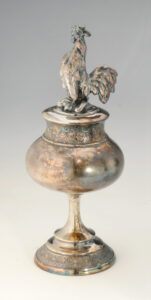
Have you ever heard of the Macomber fowl?
Westport farmer John Macomber played an important role in the breeding of the Rhode Island Red, “an egg laying machine.” He swapped hens with Little Compton farmer William Tripp, and successfully bred “an egg laying machine” originally known as the “Macomber fowl” or “Tripps Yaller hens.” The breed later became known as the Rhode Island Red.
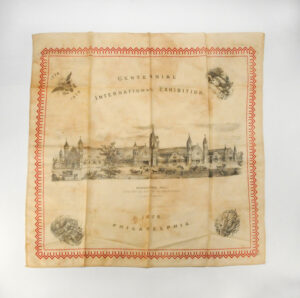 Inventing Westport’s Macomber Turnip
Inventing Westport’s Macomber Turnip
Westport can lay claim to its very own vegetable, the Macomber turnip. In 1876 Adin (1845-1915) and Elihu Macomber (1846-1933) ventured to the Philadelphia Centennial Exposition where they procured some seeds.
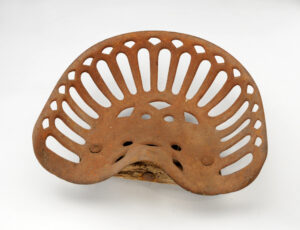 In 1921 Julius T. Smith (Turtle Rock Farm) bought one of the first tractors to be used on a Westport farm.
In 1921 Julius T. Smith (Turtle Rock Farm) bought one of the first tractors to be used on a Westport farm.
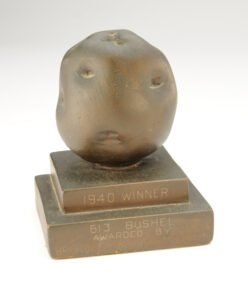
Smith Farm Potato Trophy
In 1940, the Smith family of Long Acres farm was awarded this bronze potato in recognition of a record-breaking production of 613 bushels of potatoes on a single acre.
Elvira Smith grew up on a Westport farm in the 1930s.
“We were very frugal. For example we would use the cotton from the flour sacks to make our aprons. I remember that instead of throwing our old sweaters away, we would unravel the yarn, then wash and clean it to take out the wrinkles. I still have two vests that I knitted from old sweaters. My mother had the expression
Southeastern Massachusetts Hay cap
A special method for safely storing hay, a moveable roof supported by four posts, historically called a Dutch roof, dutch cap, hay barrack, or hay cap.
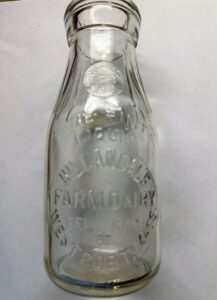 The Mystery of the Hillandale Milk Bottle
The Mystery of the Hillandale Milk Bottle
A milk bottle found in a Head of Westport garden leads to some fascinating and surprising discoveries about a little known Westport farm.
Video
An overview of Westport farming with Steve Medeiros and Al Lees
A history of Westport Farming – June 16, 2022
https://vimeo.com/721574472?share=copy
Farming and farmers in the 1990s, Westport Matters
https://wpthistory.org/westport-matters-videos/westport-matters-farming/
Triple S Farm 2. Raising Grass Fed Beef. Westport Matters No. 179, 8-17-2001
Noquochoke Orchards Westport Matters No. 131, 10-22-1999
Long Acres Farm, 1950
A conversation with Tony Oliveira
A conversation with Mike Kelly about Future Farmers of America and dairy farming in Westport
Books
Turtle Rock Tales by JT Smith
Market Garden Memories by Donald Erikson
Interviews
Interviews dating from 1975 – 1976. Transcripts and audio recordings of Westport farmers including Alton Boan, Borden Tripp, Charlie Costa, and George Medeiros.
https://wpthistory.org/oral-histories/

